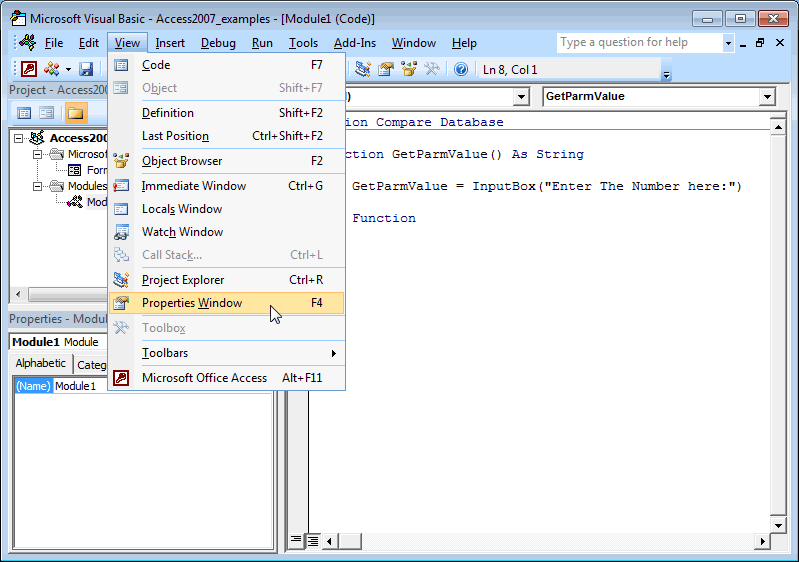

Turn on macros in Backstage viewĪnother way to enable macros for a specific workbook is via the Office Backstage view. If you've disabled macros accidentally, simply re-open the workbook, and then click the Enable Content button on the warning bar. Any attempt to run a macro will result in the following message. The warning will disappear, but macros will remain disabled. If the source of the file is unknown and you don't want to enable macros, you can click the 'X' button to close the security warning.

The next time you open the workbook, the security warning won't appear. This will turn on the macros and make the file a trusted document. If you trust the source of the file and know that all the macros are secure, click the Enable Content or Enable Macros button. If the Visual Basic Editor is open at the time you are opening the file with macros, the Microsoft Excel Security Notice will be displayed: With the default macro settings, when you first open a workbook containing macros, the yellow security warning bar appears at the top of the sheet right under the ribbon: There are two ways to turn on macros for a certain file: directly from the workbook and through the Backstage view.
Access vba code examples are you sure how to#
How to enable macros for individual workbooks How to avoid these dangers? Just follow one simple rule: enable only safe macros – ones that you've written or recorded yourself, macros from trusted sources, and VBA codes that you have reviewed and fully understand. For this reason, Excel's default setting is to disable all macros with notification. A malicious macro that you run unwittingly may damage or completely delete files on your hard drive, mess up your data, and even corrupt your Microsoft Office installation. Though VBA codes are very effective in automating complex and repetitious tasks, they are a significant source of risk from the security point of view.



 0 kommentar(er)
0 kommentar(er)
